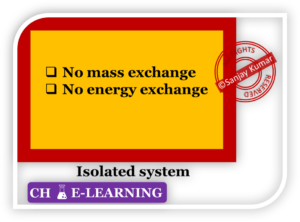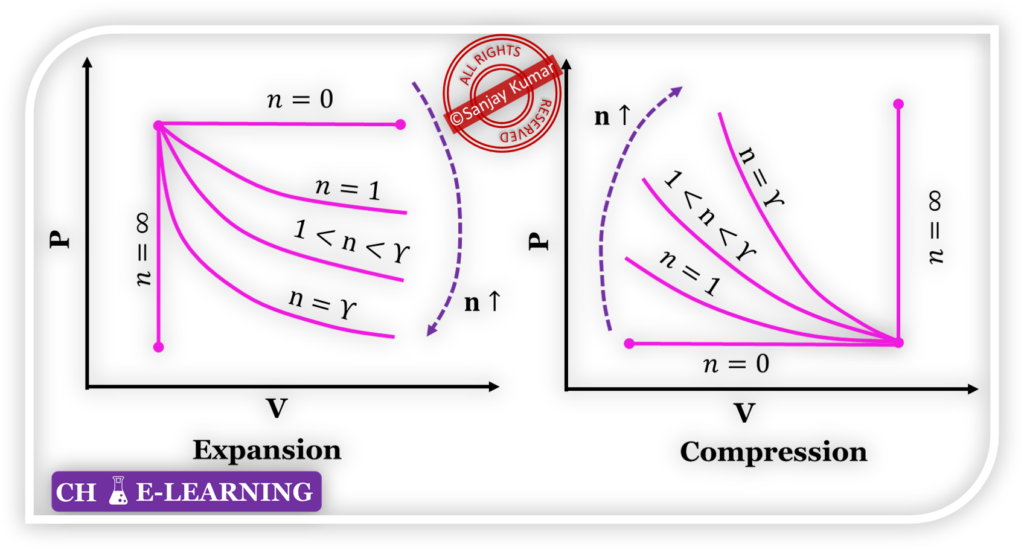TD Quiz – 2
Q 1: The energy of an isolated system
Q 2: Thermodynamics is not concerned about __________.
Q 3: Which of the following laws is applicable for the behavior of a perfect gas
Q 4: The thermodynamic work done by the system on the surrounding is considered as ________.
Q 5: The volume of gas is reduced to half from its original volume. The specific heat will be ________.
Q 6: If in the equation PV^n=C, the value of n = ∞, then the process is called
Q 7: An ideal gas as compared to a real gas at very high pressure occupies.
Q 8: In an adiabatic process, no transfer of heat takes place between the system and surroundings. Choose the correct option for free expansion of an ideal gas under the adiabatic condition from the following
Q 9: Practically heat and work are completely interchangeable forms of energy
Q 10: According to the kinetic theory of gases, the absolute zero temperature is attained when
Q 11: The temperature of a gas is due to
Q 12: The entropy change can be calculated by using the expression ∆S = q(rev)/T. When water freezes in a glass beaker, choose the correct statement amongst the following :
Q 13: A closed system is one in which
Q 14: What is the name of the following statement: “When two systems are in thermal equilibrium with a third system, then they are in thermal equilibrium with each other”?
Q 15: The first law of thermodynamics provides







